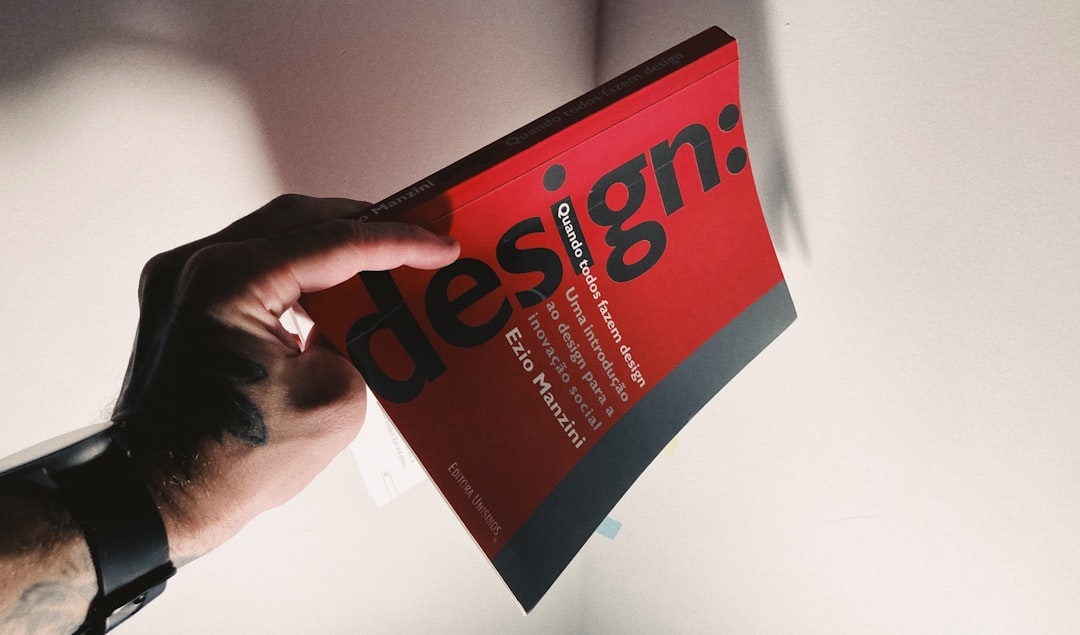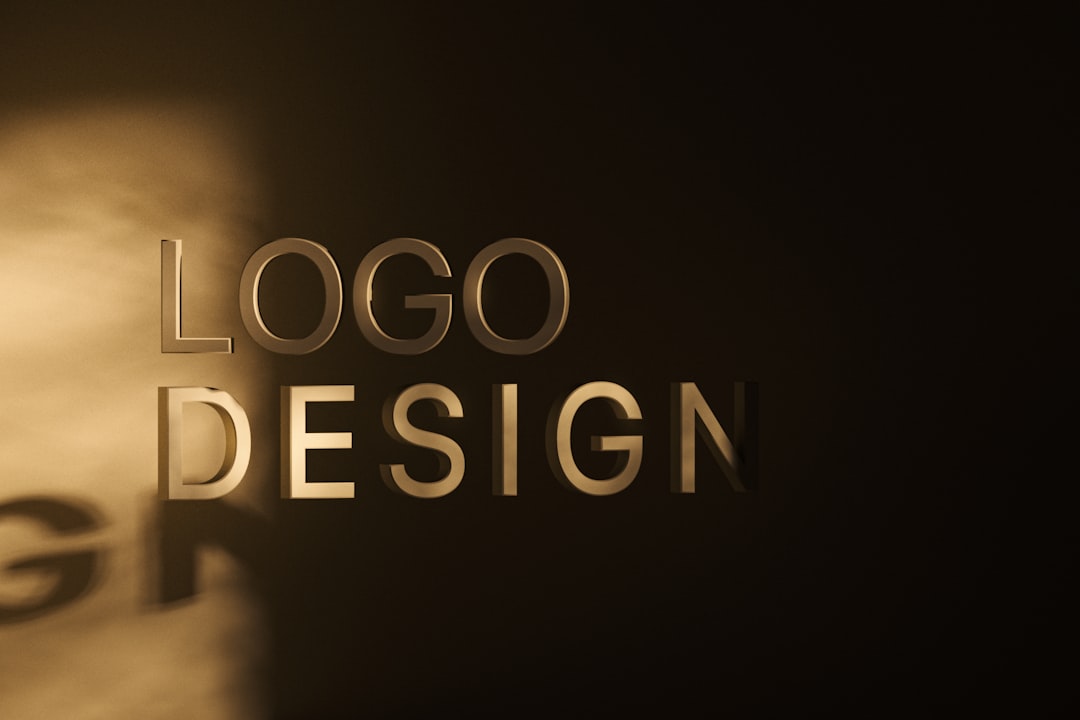A logo is one of the most essential branding assets a business or individual can have. It represents identity, builds trust, and can become iconic through time. But creating, selling, and using logos legally and ethically involves more than design—it requires an understanding of licensing, copyrights, and trademarks. Whether you’re a designer, entrepreneur, or marketer, knowing the difference between royalty-free, commercial, and trademark licenses is crucial to avoid legal troubles and respect intellectual property.
TLDR: Logo Licensing at a Glance
Licensing a logo is about understanding who owns it, how it can be used, and whether it can be protected against unauthorized use. Royalty-free doesn’t mean free—it just means a single fee covers multiple uses. A commercial license allows logos to be used in business contexts like branding and advertising. A trademark offers legal protection and exclusive rights to use a logo in commerce. Know your licensing before you publish or sell any logo.
What Does “Logo Licensing” Mean?
In simple terms, logo licensing refers to the legal permissions granted to create, use, sell, or reproduce a logo. A license defines what you can and cannot do with a logo, outlining whether it can be used for personal purposes, commercially, or registered as a trademark.
This becomes especially important in the age of digital markets like Etsy, Fiverr, and logo repositories such as Envato and Creative Market, where designers sell ready-made logos or offer custom creations. Licensing is what protects both parties—designer and client—legally and financially.
Types of Logo Licensing Explained
There are three major categories of logo licensing that creators and buyers should understand:
- Royalty-Free Licenses
- Commercial Licenses
- Trademark Rights
1. Royalty-Free License
Don’t let the term “royalty-free” mislead you. It doesn’t mean the asset is free—it means you pay once and use forever, according to the license terms.
What You Can Do:
- Use the logo in multiple projects.
- Use it both personally and commercially depending on the terms.
- Make minor edits (if allowed).
What You Can’t Do:
- Claim it as your original work.
- Resell or redistribute the logo “as is.”
- Trademark the logo unless it’s explicitly permitted.
This is great for freelancers or small businesses looking for a logo with no plans for exclusivity or trademark protection.

2. Commercial License
This is a step above royalty-free. A commercial license explicitly allows you to use the logo as part of your business operations—including on packaging, websites, business cards, merchandise, and advertisements.
However, just because a logo comes with a commercial license doesn’t mean you own the complete rights to it. Licensing terms vary, and exclusivity may not be included.
Why Use It?
- You want to develop branding materials with a third-party-created logo.
- You’re marketing products or services under this logo.
- You expect the business to maintain a certain scale but not necessarily seek federal protection (i.e., trademark).
Note: Many platforms offer multiple tiers of commercial licensing—basic, enhanced, and extended—so always read the fine print.
3. Trademark Licensing
This is the holy grail for businesses aiming to protect their brand identity over time. A trademark gives you the exclusive right to use a logo in commerce and take legal actions against unauthorized usage.
Trademark Offers:
- Ownership and exclusivity in your industry.
- Protection from copycats or similarly designed logos.
- A valuable asset for business valuation and franchising.

To trademark a logo, you must create a unique design—something that is not copied, modified, or licensed inexpensively from a public marketplace. Once registered with your local trademark office (like the USPTO in the U.S.), the logo becomes legally yours.
Who Owns the Copyright?
A logo is considered copyrighted intellectual property the moment it’s created and put into a tangible form, like a digital file or sketch. But who owns that copyright can vary greatly based on the following:
- Freelance designers: Usually own the logo unless they transfer rights via contract.
- Design agencies: May retain rights and license it to clients unless full ownership is sold.
- Marketplaces: Often restrict buyers from exclusive rights unless otherwise stated.
If you’re hiring a designer or buying a logo online, be sure to discuss—or check—the licensing and copyright terms clearly. Misunderstanding these rights is one of the top causes of logo disputes.
Licensing Logos: Best Practices
Whether you’re creating or acquiring a logo, there are a few best practices to ensure clarity and legal security:
- Read the License Agreement Thoroughly – Know exactly what rights you are acquiring.
- Ask for Written Contracts – Especially if custom work is involved. Clarify who retains the copyright.
- Avoid Stock Logos for Trademarks – Stock logos are meant to be reused; they can’t offer exclusivity.
- Use a Trademark Attorney – For businesses seeking protection, professional legal assistance is recommended.
- Retain Proof of Purchase and Design Files – You’ll need this in case of disputes or for future registrations.
When Licensing Goes Wrong
There have been plenty of real-world cases where unclear logo licensing led to lawsuits, rebrands, or business downtime. For instance:
- A small business used a template logo from a stock site and later learned it couldn’t trademark it—after printing it on thousands of products.
- A designer sold a “custom” logo to multiple clients without telling them, leading one client to face legal threats from another.
- Two different startups engaged in a legal battle over similar logos, and both lost months of progress over proving original ownership.
Always err on the side of caution and get everything in writing.
Final Thoughts
Logo licensing is more than a formality—it’s a cornerstone of ethical branding and business operation. Whether you’re a designer selling your work or a business owner purchasing a logo, understanding the difference between a royalty-free license, a commercial license, and a trademark can save you time, money, and legal headaches.
In a world where brands compete fiercely for identity and visibility, make sure your logo isn’t just beautiful—make sure it’s lawfully yours.



